
The war for South Vietnam is officially over, but it’s not quite clear who eventually won.
Although Saigon is now named for Ho Chi Minh and revolutionary banners and slogans are everywhere, the locals still call the city Saigon. And it’s looking increasingly capitalist by the day, with high-rise office towers, shops loaded with luxury sportswear and Starbucks popping up on every corner.
The pace of change is nothing short of revolutionary.
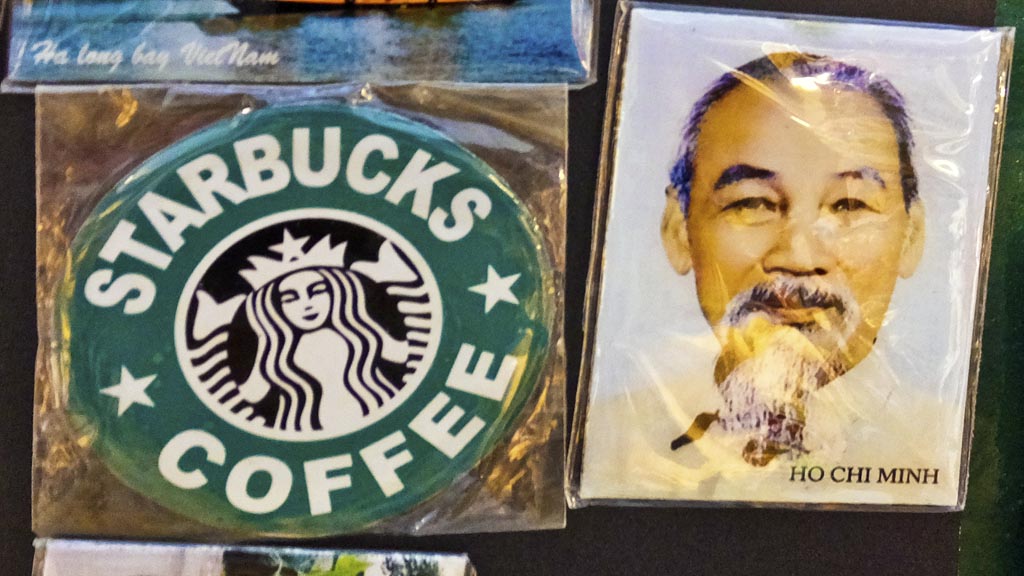
The first time I visited Saigon 25 years ago, it was just emerging from isolation after a prolonged boycott by the United States. Many men still wore military-style shirts and women favored flowing gowns or colorful silk jackets. Those who didn’t walk or join the crush on rusty buses, rode bicycles.
In the years since, I’ve returned to Saigon several times and–except for the fact that many people were graduating from pedal power to motorcycles–the city still looked like a big village predominated by simple shops and market stalls.
Even five years ago, a voyage up the Mekong River was still a scene reminiscent of Apocalypse Now, with dense jungle lining the shores and the river teeming with tiny home-made boats decorated with painted eyes to ward off evil spirits. Homes were built of wood and even at the edge of Saigon, huts were built precariously on poles over the water.
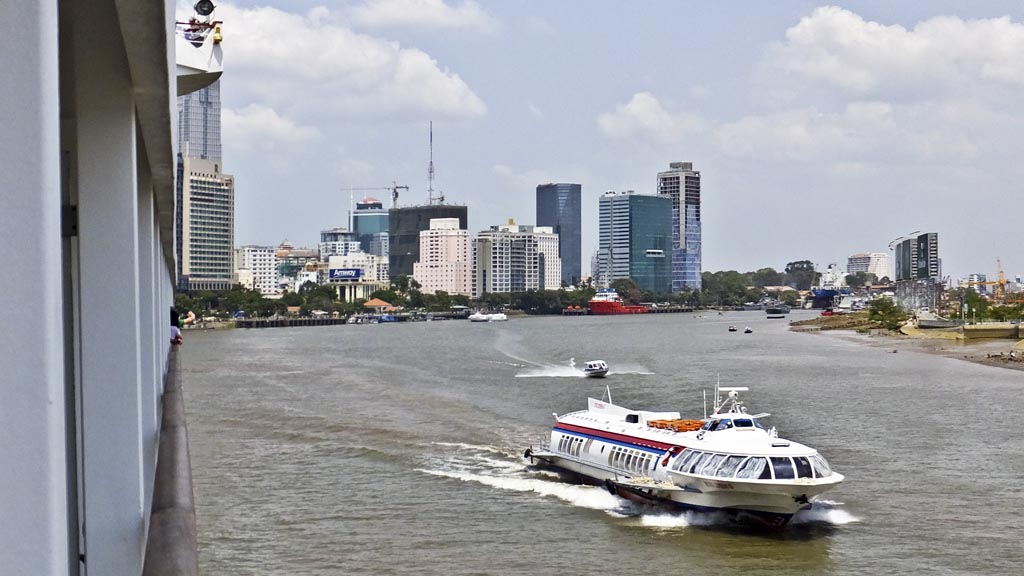
What an eye opener it was recently to cruise up the Mekong River aboard Silversea Cruises’ Silver Wind and realize the city has taken a new, modern direction. Everything along the banks of the river on the route into the city has been clear cut. The huts are gone and they’re quickly being replaced by multi-story apartment blocks.
Fortunately, the 294-guest Silver Wind is small enough that we could sail right into the heart of Saigon and dock at the old commercial port within walking distance of all the city’s highlights. That’s a major advantage over two larger cruise ships that were visiting Saigon at the same time. They had to dock at Phu My, a container port an hour and a half outside the city and take shore excursions to reach the downtown.
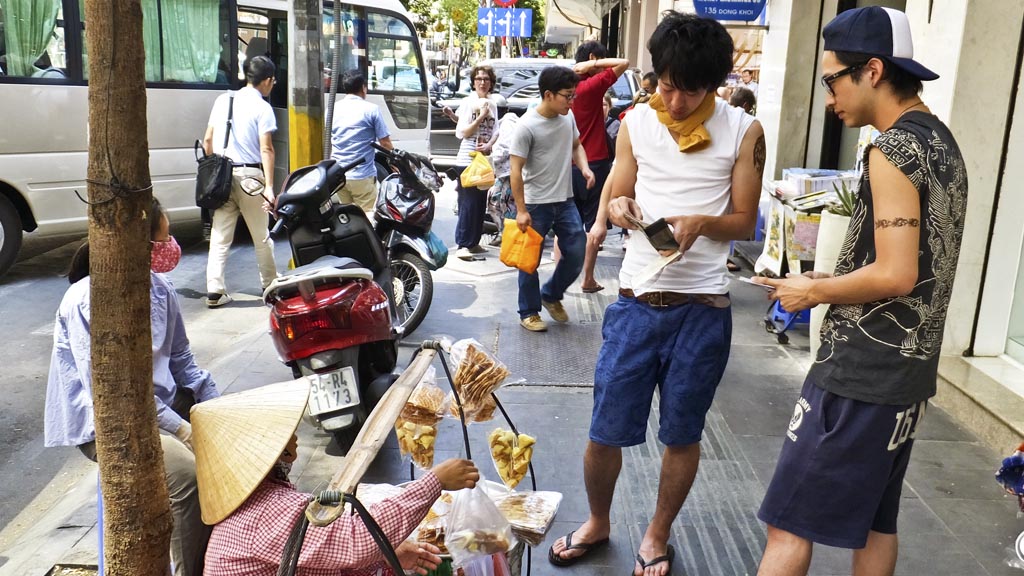
As is customary, we were met at the dock by a bevy of smiling young ladies carrying a “Welcome to Saigon” sign. While in the past they would have worn traditional flowing gowns, the modern day greeters opted for contemporary sportswear. Miss Saigon is still breathtakingly beautiful.
From where we docked, I could walk off the ship and right in to the center of town to visit some of the landmarks and attractions I remember from past visits. Many of the old buildings are still there, but the streets of the increasingly high-rise city have a western bustle I’ve never experienced before. A telling sign of the trend in modern times is a huge billboard advertising Amway.
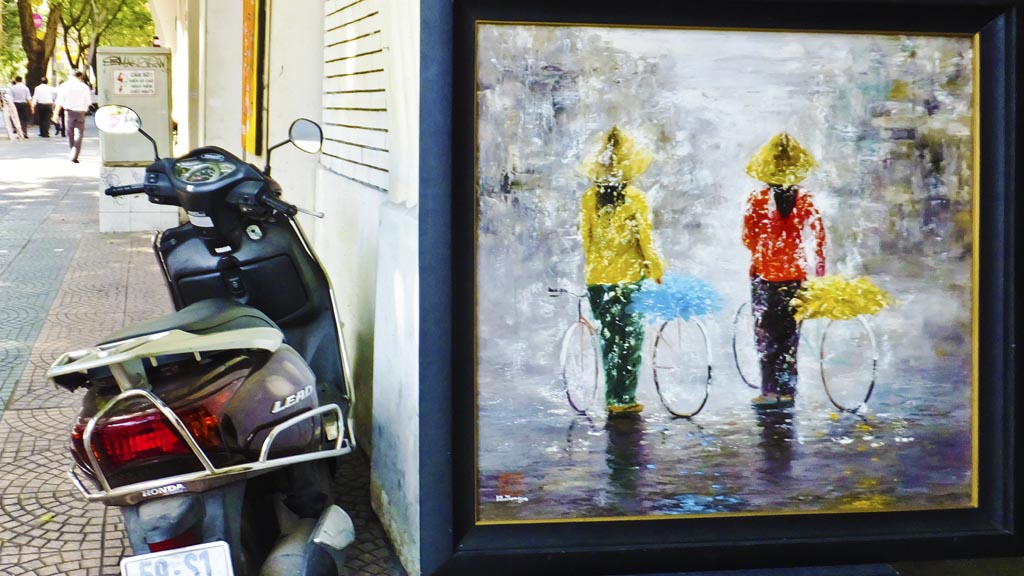
It’s the bicycles I ended up missing most. In two full days in Saigon I didn’t see a single person riding a bicycle.
There are still a phenomenal number of motor scooters and high-powered motorcycles, but increasingly the boulevards are being taken over by shiny BMWs and Lexuses. Fortunately, the city recently installed stop lights at intersections to allow pedestrians to cross without having to do the Saigon strut: walking boldly in front of motorcycles and expecting them to weave around you. That would be a lot riskier with the streets teeming with impatient Toyotas.
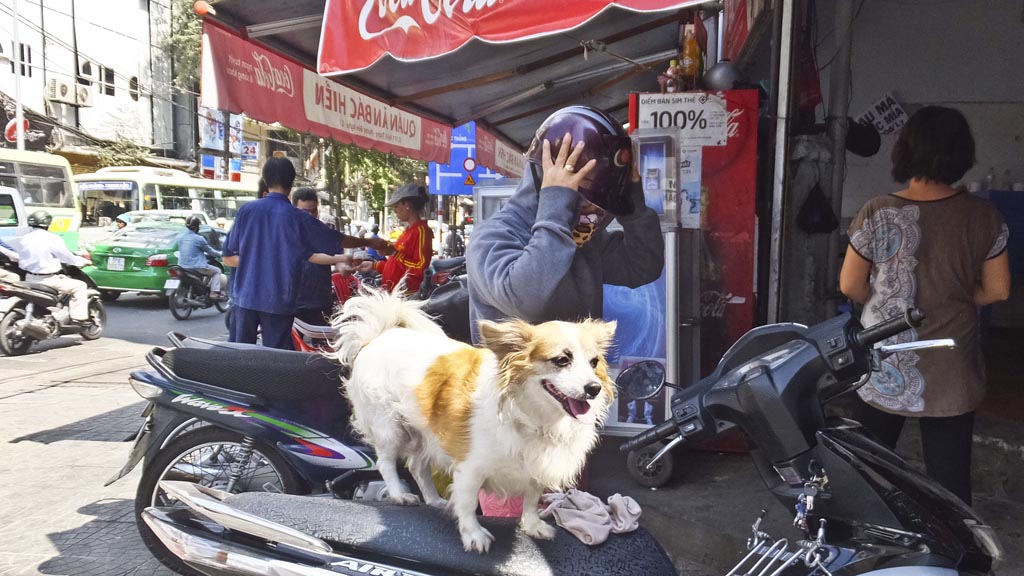
That’s making the city more tourist friendly, but it can still be a baffling place to navigate with its layout of French-style squares and cul-de-sacs. Tourists can be hard pressed to find street signs at intersections and match them up to the vague maps that the tourist board hands out.
Despite all the new development, there are still vintage landmarks like the opera house and train station that serve as handy references.
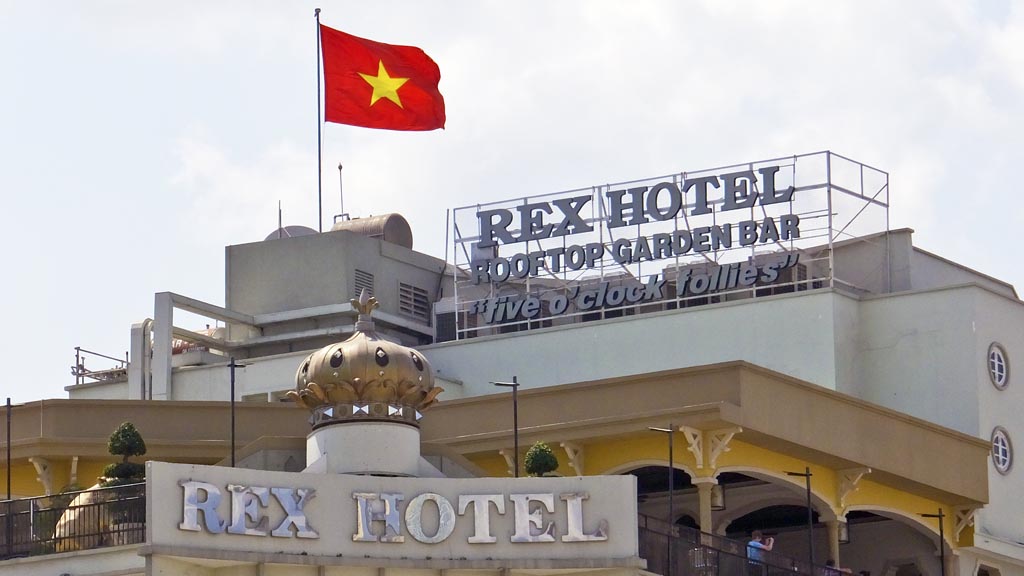
A classic is still the Rex Hotel with its rooftop sign featuring a gilded crown. It was the place where war-era journalists gathered to hear briefings from the military: the legendary “five o’clock follies.” Today, the rooftop garden bar still serves up nostalgia, but the drinks have become very pricey.
There are thankfully still some bars in the city with affordable drinks that feel like throwbacks to the 1960s. But these days downtown you’ll find more Italian, Chinese and Thai restaurants than you will authentic Vietnamese.
Cho Ben Thanh, the main market, is still the place to prowl for souvenirs, including reproductions of vintage cameras and Zippo lighters etched with war-era inscriptions. They’re so cleverly made and artificially aged that they seem to be legit relics from the foxholes. The only thing that gives them away is that you keep seeing identical items in other shops in the market.
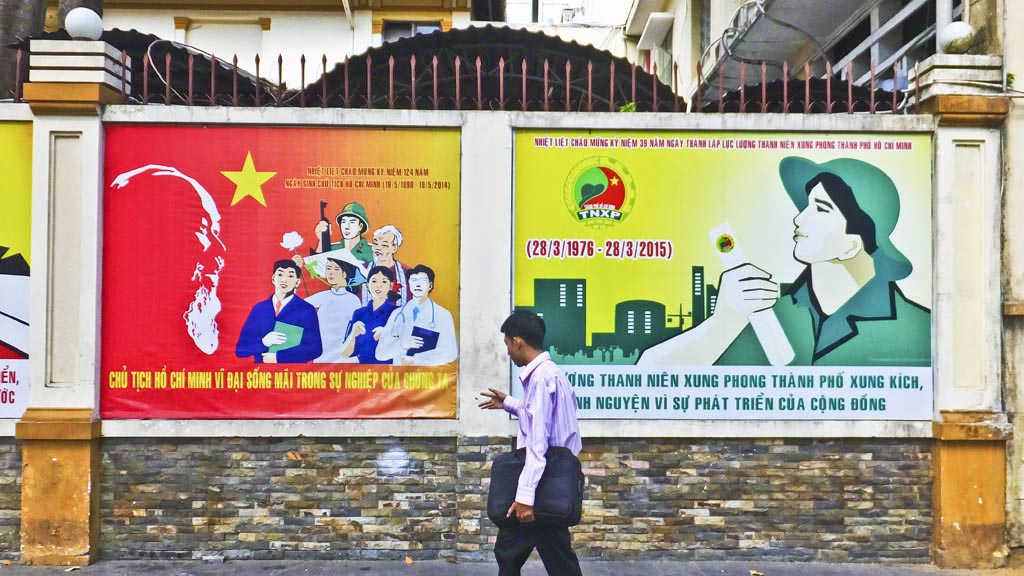
The War Remnants Museum in the former U.S. Information Service building has had its title softened. It used to be known as the Museum of American War Crimes and it’s still extremely effective at hammering home the brutality and atrocity of the war era.
Warning: many of the displays are highly disturbing, including photos from the infamous My Lai massacre. Along with military paraphernalia, like a crashed American helicopters, there are remnants of the French era, including a guillotine and “tiger cages” used for prisoners.
Heading back to the Silver Wind I watched a modern business helicopter land on a platform that juts out from the side of a 50-story office tower. I woke from my nostalgia trip to the realization that Saigon is trying to forget the past and looking to the future.
In many, many ways, it’s a much better place because of that.





